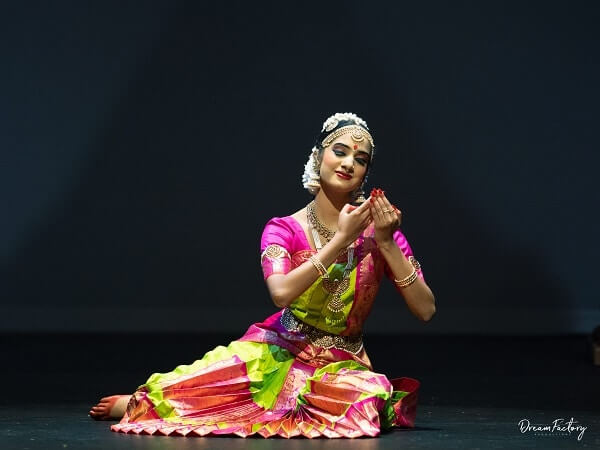Raga, bhava, and laya are said to be the essential elements of Bharatanatyam. Or for that matter, any dance. When a beautiful dancer presents a good command of each of these, in a meticulously picked list of poignant episodes from our scriptures, the experience becomes sublime. So I felt witnessing the arrangetram (dance debut) of Anusha Kumar at Riverside Theatre Parramatta.
Anusha has trained under the illustrious dance teacher Manjula Viswanath of the Rasika Dance Academy in Sydney, and is the daughter of Preetha Ram Kumar and Ram Kumar.
From her entry in Pushpanjali to the conclusion of her recital in Padipattu, Anusha held the audience spellbound with her clever movements on the stage. There was not a dull moment. With impressive hand gestures, eye movements and footwork, Anusha covered the entire stage in sparkling glee.
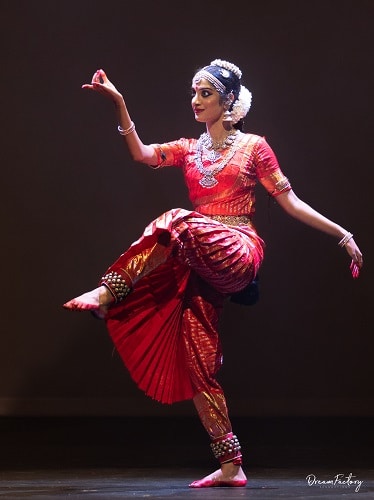
For her Varnam, the central item in a dance recital Anusha chose the composition of Veena Shesha Iyer in Shanmugapriya raga. A three-sanchara or three-part item, it gave her plenty of scope to exhibit her craft. There were pure dance and abhinaya elements in good measure. The first part was the episode of the cosmic dance of Shiva, the gaja charmambara with Nadikeshavara at his command. The second narrated the story of Chidambareswara. The third depicted the nine rasas or emotions in a cleverly knitted manner: Shringara (love), Hasya (humour), karunya (compassion), roudra (anger), veera (courage), bhaya (fear), bhibhatsa (disgust) and shantha (peace). It was as if Anusha was the personification of love, in one instance. Very soon, she stood, menacingly, as a bloodied killer. Examples such as those of Markandeya, Thripura Samhara and Ayyappa, were chosen from mythology to enact the emotions.
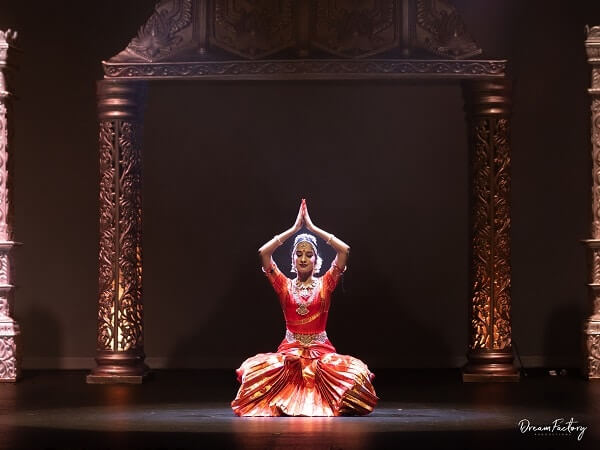
The majestic voice of the renowned vocalist Balasubramanya Sharma filled the auditorium when he delivered the lines ‘Devadideva Nataraja, Chidambaranathane kanakasarveshane’. Anusha was there to give appropriate eyes and limb movements. The search of the devotee for the almighty Chidambara, and the subsequent realisation were brought out very well.
The music added to the drama of it all, which heightened at the devotee’s realisation of the eternal. It was the ecstasy of Bhakthi.
At times, Anusha gave expression to lines such as ‘Sri paramesvara, sri sarveswara’ in a free style. The ending was a grand exposition of despair.
Throughout this item there were elegant poses of Nataraja. What impressed equally in this item and a later one, Cosmic Dance, were the spirited exchanges between the vocalist, the Natuvanga and the mridangist.
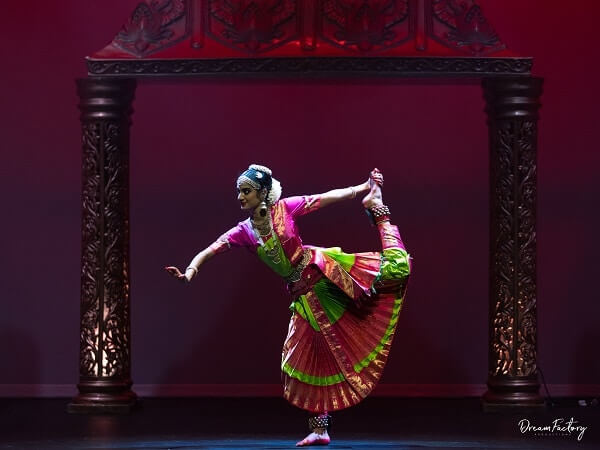
Anusha has been dancing since she was ten years old. “Bharatnatyam attracted me because it was different from anything else I had tried before,” the 20-year-old told Indian Link. “To me it is an incredibly powerful tool in portraying the stories of Hindu mythology.”
At the arrangetram itself, Anusha was totally at ease and in control from the word go, providing a sombre representation of Ajam Nirrvikalpam in that very first item Pushpanjali (raga Jog). There was a lovely coordination of rhythmic movements and abhinaya in ‘Swara jathi Mala’ in raga Kannada Gowla. ‘Om Suryaya Namaha’ in Brindavana Saranga was an entertaining piece with emphasis on words. One saw a clear abhinaya in ‘Cosmic Dance’ in the raga Kharahara Priya. The slow beginning of the item Padam in Thillang raga, was a treat to watch.
The Thillana was in the ever-pleasing Sindhu Bhairavi raga. The conclusion with the lines ‘Hariharathmajam, harivarasaram’ embodying total surrender was grand and a delight to watch.
I may point out that the Varnam seemed a bit extended. It could have been concluded after the third sanchara. Further, sometimes, the loud voice of the vocalist came in the way of the audience appreciating the lyrical beauty of the lines being sung and danced.
The ensemble which provided music for the evening included Vidwan Balasubramanya Sharma who had come from Bangalore. Janakan Raj gave an able mridanga support. Nattuvanga was by the guru hherself, Manjula Viswanath. Venkatesh Sridharan gave the flute support while Kranthi Kiran Mudigonda was on the violin. Jeiram Jegatheesan proved his versatility by playing on rhythm pad, morsing and ghatam and supplying special sound effects to heighten the experience.
The welcome speech by Anusha’s brother Vikram, and a vote of thanks by her mum Preetha were offbeat and enjoyed by the audience.
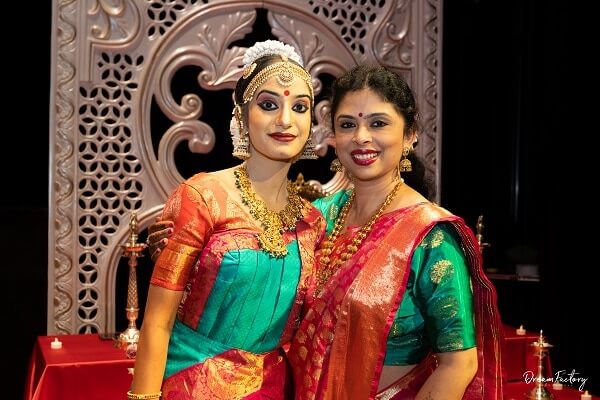
To dance to measure before hundreds of watchful eyes, undergoing as many as six change of costumes, is a difficult task. Anusha Kumar deserves our congratulations for having accomplished this successfully. Thanks to the Kumar family for creating a festive atmosphere for the event, and for the delicious spread of food afterwards.
READ ALSO: Shubha Alavandi: An arrangetram dripping with bhakti



